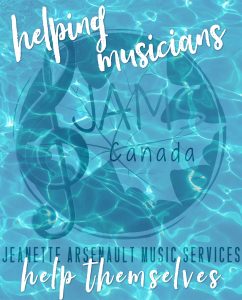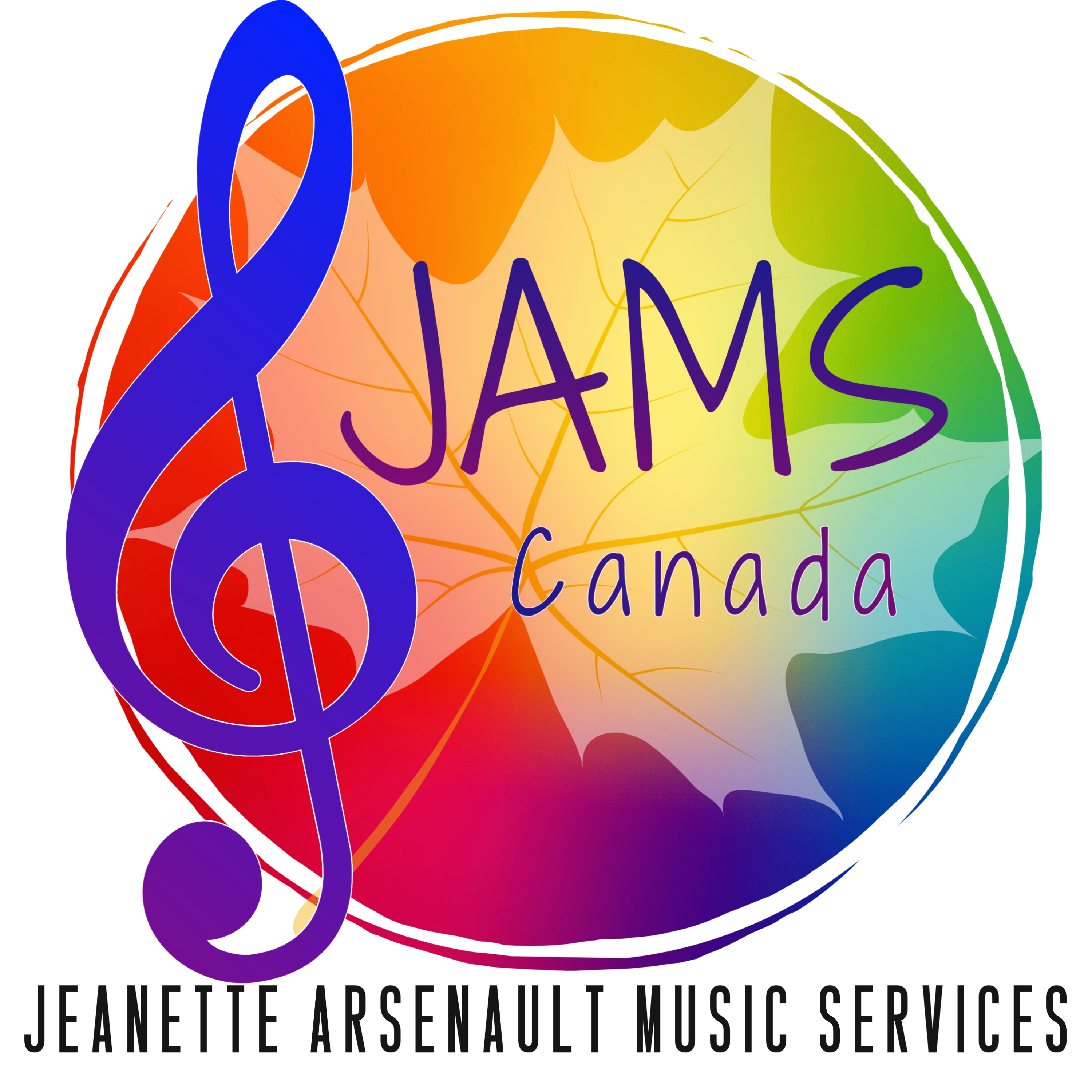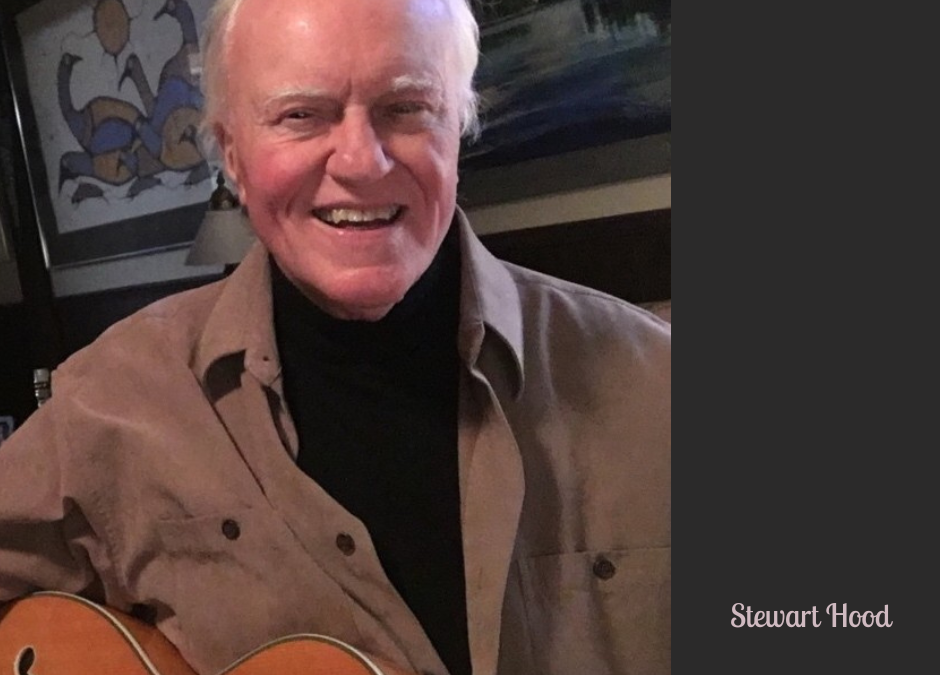Welcome to the fourteenth instalment of Monday #MusicMatters as part of the JAMS Canada PRO Series – “Here’s What I Know”.
We caught up with Stewart Hood for some Advertising Tips for Musicians
What are some of your insights into how music in advertising works?
The creative teams on the accounts design and write the ads, copy, scripts and digital communications. A client needs can be varied. If tv, radio and digital versions need music tracks, voice overs etc., the creative team work with their agency producer to select the right film directors to shoot the commercial and music houses to write and produce the music according to the creative teams script which has been approved by the client.
The music house hires the session players and records in a studio and the studio engineers set up the mic’s, record and do the mix while the music house writer/producer directs and manages the session which is attended by the creative team
who also provide direction – especially voice overs to scripts) and very often the marketing manager for the client.
How important is a song title & how music has changed over the years?
Interesting when you think back to the Classical music era, there were some works with titles as in names for concertos, for example Beethoven’s Piano Concerto #5 is called ‘The Emperor’. Some symphonies had titles but many were just recognized by a number and/or the word Opus with a number after it. This was the system for the composers, publishers, patrons, concerts and audiences to identify a composer’s pieces of music.
Gradually titles became much more part of music’s recognition and as popular music developed, a title was a necessary and an indicative way to not only identify the song but help describe the work to publishers and audiences who would get to know their favourite pieces to attend concerts or buy copies of the published pieces.
As the 20th century got underway and the public got more into music, titles were the way to quickly identify pieces for pianists and instrumentalists, singers, sheet music buyers, the publishers and music shops.
From the 1920’s onwards the popularity of music became such a part of life that new songs were highly anticipated by performers, publishers and audiences, so much so that an area in lower Manhattan was named ‘Tin Pan Alley’ and was the home of many composers and publishers and as Broadway’s shows increased the amount of music published was incredible!
The 30’ and 40’s big band era and radio broadcasts pushed the creation of so many great tunes that are still heard today and called ‘standards’ and their titles are part of our vocabulary.
With the 50’s and 60’s it was the sale of records that focussed even more on song titles and who the recording artists were. Interesting titles created sales.
Many times the song title was and still is – more memorable than the artist!
What could a songwriter learn from the advertising industry about catching a listener’s attention?
The title of a song not only captures the idea of the song but often is its main and even its first lyric line. Sometimes the title, as a lyric line, is somewhere else in the song or as a recurring theme as well as at the end to kind of ‘nail it down’.
For example: Paul McCartney’s “It’s Just Another Day”.
Rarely is the title of the song not used in a song’s lyrics. One example would be (and there are several using this title format). “The Ballad of Peter Pumpkinhead” by Crash Test Dummies.
If the song’s idea is memorable, then very often the title is memorable too
– and the title ‘labels’ the song’s idea.
Here’s the reality– you may see an interesting song title and just it may have an interesting ‘insight’ in the title – for example: “Shape Of You” by Ed Sheehan
This is a very successful recent hit song and with an interesting title with an idea or insight , but when it came out if the song’s melody, vocal and styling wasn’t likeable and memorable then it would have never made it to the charts and would have been forgotten.

Can you offer any other insights from the advertising industry?
Advertising does use music effectively in jingles and background themes in broadcast and on line videos but use no titles as its not necessary. The link, although not direct, is related to getting attention and having a memorable insight.
Effective advertising has creative insights – ideas that people can relate to, find intrusive and sell them on the advertised products and services. Print Ad headlines need insightful headings with impact that connect a product’s benefits and attributes to consumer needs and circumstances. TV ads need attention-getting premises to be effective – as do radio spots and ads in any medium. On -line ads have about a millisecond to get your attention. So ‘getting your attention’ links advertising to song titles.
Having an interesting song title will get you to first base but then the idea, the melody, the music, the vocal and the lyrics have to drive it home.
How has COVID-19 impacted you and your work?
Who on Earth could have imagined what a global pandemic would bring with it
let alone the tragedy of merciless disease and death?An economic shutdown, lives altered for everyone – of all ages, plus fear, worry and heartbreak.
In any bad situation I like many others try to look for an upside. If one exists it may give us a pause to feel positive about something or other during all the ramifications of a bad situation. For me that one positive thing during this pandemic is ‘time’. Because we can’t continue to do all the things we normally do, we have more time to be with family and friends (albeit with social distancing and masks), do more caring and emotionally based things and for some more on the artistic side.
So besides having more time to spend doing household repairs, gardening and chores, for me as a musician and painter the upside is having more time to express myself artistically: do more paintings, try more techniques, write more tunes, increase my playing skills – to summarize, have a go at things you’ve never done before because you didn’t have enough time!
If I take anything artistically away from this Covid 19 experience, it’s having created more art: more paintings and more tunes and particularly one with a title based on time spent alone. On the lighter side I created about a dozen New Yorker style cartoons and posted them on Facebook a few months back and it did bring a few laughs to friends and family – call it another upside.
BIO
Stewart is a a career advertising Creative Director who has worked at Canadian and multi-national agencies and has produced effective marketing creative in just about client category and in every medium, with top film directors, producers, photographers, designers and web producers.
Stewart has won dozens of international awards including Cannes, Clios, One Show, NY Art Director’s Club, Billie Awards, International Typographic Association, Can.Marketing Awards, London and Hollywood Festivals – all awarded for creative excellence in Art Direction and Writing.
Stewart owns a creative consultancy – Linked In: stewarthoodcreativeinc with clients in Toronto and Eastern Ontario. He teaches part time at Ryerson University is a Member of The Canadian Advertising Museum Board and Member of the Canadian Outdoor Advertising Hall of Fame.
Find out more about him on his Facebook page @stewarthood
_____________________________________________________________________________________________________
Look for more JAMS Canada PRO Series “Here’s What I Know” Monday #MusicMatters here on our website and on Facebook, Twitter, Instagram and Linked In.
Some contributors also responded with videos – please subscribe to our JAMS Canada YouTube channel: https://www.youtube.com/channel/UC-CmaB7MV0r1ehhveBPmBEg


Trackbacks/Pingbacks